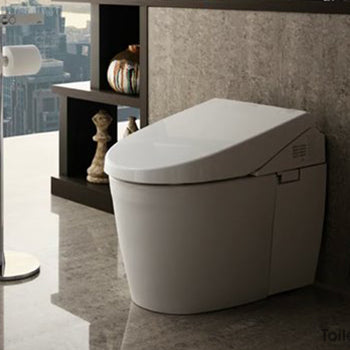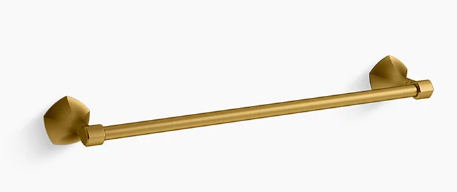How to Store Food to Save Time & Money
On average, a family of four throws out nearly 25% of their produce annually or $1,600 a year. Stop wasting time with endless trips to the grocery store and stop wasting money. You can get the most out of your groceries with a little meal planning and proper food storage.
Your refrigerator mechanics are extremely important in food preservation. Refrigerators with dual cooling technology eliminate the transfer of air and odors between the refrigerator and freezer. As a result, your freezer stays dry and frigid while your refrigerator remains cool and humid. This helps to preserve your food’s nutrients, flavor and texture and to prevent spoilage. Refrigerators that use a single compressor to cool both areas are less efficient and may allow for flavor transfer in addition to increased likelihood of freezer burn and food spoilage.

Sub-Zero’s dual-compressor technology uses an air purification system similar to the system developed for NASA. Every 20 minutes, it scrubs the air of ethylene gas to keep your produce fresher, longer.[/caption]
Location also plays an important role in how long your food will last. Check out these food preservation tips to increase shelf life.
Fruits & Vegetables
There are two key elements to consider when storing produce: humidity and ethylene gas.
Humidity: The combination of chilled air and humidity is ideal for produce to stay fresh and crisp. Typically, you should put food that will rot in a drawer with a low humidity setting. Items prone to wilting should be in a high-humidity setting.
Ethylene gas: Some fruits and vegetables produce ethylene, a gas associated with the ripening process. For example, if you store spinach near apples or pears, your greens will start to spoil in just a few days. The trick is to separate produce that emits ethylene from produce that’s sensitive to it.
If you have the following ethylene gas releasers:
apples, apricots, avocados, cantaloupe, mangos, nectarines, pears, plums and tomatoes
Do not store them near the following ethylene-sensitive foods:
bananas, broccoli, brussel sprouts, cabbage, carrots, cauliflower, cucumbers, eggplant, leafy greens, parsley, peas, peppers, squash, sweet potatoes and watermelon.

Liebherr incorporates BioFresh technology which utilizes their DrySafe and Hydrosafe drawers so fruits and vegetables last up to three times longer. HydroSafe drawers have high humidity to keep fruits juicy and vegetables crisp. DrySafe drawers have low humidity, ideal for storing meat, fish and cheeses. If that’s not enough control for you, you can be even more precise with the temperature and humidity by inputting the specific food and it will tailor the atmosphere for you[/caption]
Seafood
Seafood should be placed in storage drawers, which form a special high-humidity, low-temperature zone.
Dairy
Dairy products such as milk should be stored in the coolest part of your refrigerator which is typically located on the top shelf. People have a tendency to store milk in the refrigerator door for convenience. Unfortunately, the door is the warmest part of your fridge and the frequent temperature changes caused by opening the door will cause the dairy to spoil at a faster rate.
Meat
Meat should be stored on the bottom shelf of your refrigerator to prevent contamination of other foods. Fresh poultry and ground meat can be refrigerated for 1-2 days, but should quickly be transferred to the freezer. Fresh beef, veal, lamb and pork will last 3-5 days in the refrigerator before needing to be transferred to the freezer.












Leave a comment